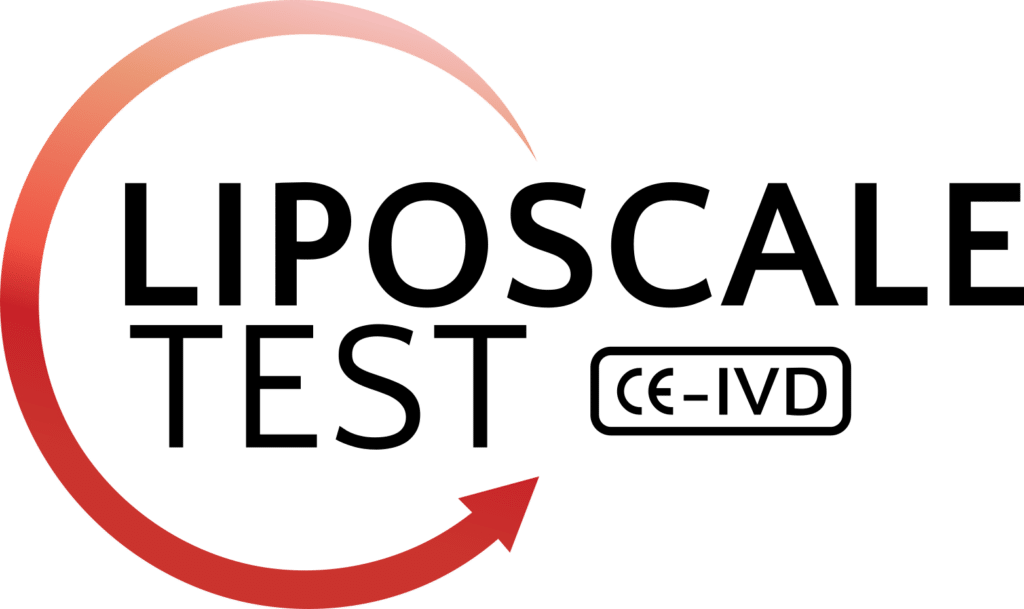Abstract
Introduction: The bicuspid aortic valve (BAV) confers a high risk of ascending aorta dilatation (AAoD), although its progression seems highly variable. Furthermore, the implication of lipoprotein metabolism and inflammation in the mechanisms that underlie AAoD is not fully established. The aim of this study consisted of evaluating the impact of the lipoprotein and glycoprotein profiles in AAOD as well as its progression in BAV aortopathy. Methods: Using 1H-nuclear magnetic resonance (1H-NMR), we analyzed and compared the lipoprotein and glycoprotein profiles of plasma samples from 152 BAV patients with dilated and nondilated ascending aorta. Additionally, these profiles were also compared for 119 of these patients who were prospectively followed-up clinically and by echocardiography in the long-term (5 years). Ascending aorta dilation velocity (mm/year) was calculated for this analysis. Results: Several parameters related to the lipoprotein profile including remnant cholesterol, small LDL and IDL-cholesterol were found to be significantly increased in the dilated group compared to those in the nondilated group. The glycoprotein A-nuclear magnetic resonance (NMR) signal, a novel inflammation biomarker, was also observed to be increased in the dilated group. After performing multivariate analysis, remnant cholesterol remained an independent variable related to AAoD. In the long-term follow-up, proatherogenic lipoprotein parameters were related to ascending aorta dilatation velocity ascending. After a lineal regression analysis, non-HDL particles remained as an independent predictor of ascending aorta dilation velocity. Conclusions: Patients with BAV and AAoD presented a more pro-atherogenic profile assessed by 1H-NMR, especially related to triglyceride-rich lipoproteins. This pro-atherogenic profile seems to contribute to the higher growth rate of ascending aorta diameter.


